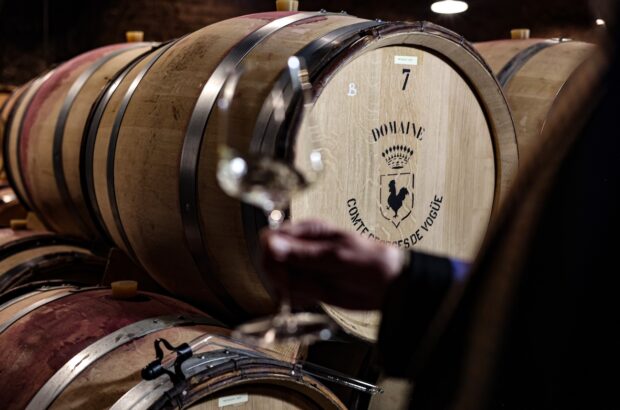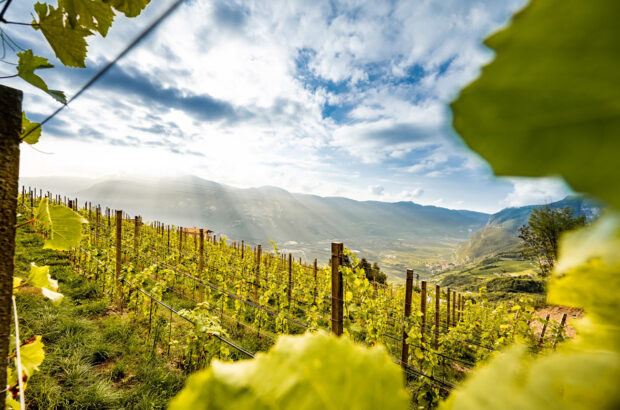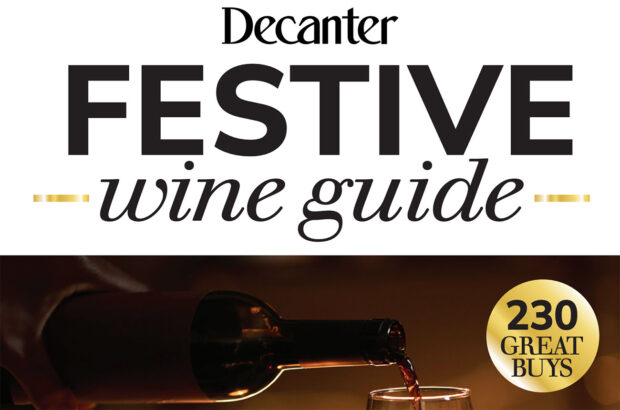Frost, heat spikes and fungal infections have kept Champagne houses and growers on their toes in the 2019 growing season.
But, recent good weather and a promising forecast have boosted spirits in the region, where several producers have reported good levels of ripeness in grapes as picking began this week.
Champagne’s 2019 harvest was expected to shrink by 17% versus the relatively large 2018 crop, said the French agriculture ministry in August.
If proved correct, that would put the 2019 harvest 5% below the region’s five-year average.
Challenging conditions in 2019
‘2019 has been a very challenging year between April frosts, two record-breaking heatwaves during the summer months of June and July, and drought throughout most of the year,’ said Antoine Malassagne, co-owner of Champagne AR Lenoble, at the end of August.
Around 5,000 hectares of Champagne vineyards were affected by frost this year, with a fifth of those suffering ‘100%’ damage, according to regional trade body Comité Champagne in July.
Malassagne said, ‘The yields are going to be significantly lower than they were in 2018 to say the least, and it will be more important than ever for our harvest team to do lots of sorting in the vineyards so that only the best and healthiest grapes are brought to our three Coquard presses in Damery.’
Oidium – also known as powdery mildew – has been a particular problem for producers in several areas and Malassagne highlighted a serious attack Lenoble’s Chardonnay grapes in the grand cru village of Chouilly.
Promising ripeness
Still, it remains early days for the 2019 vintage and there was optimism in the region for grapes that survive the sorting table test.
Jean-Baptiste Lécaillon, chef de cave and executive vice president at Louis Roederer, said on Twitter that the house was seeing good levels of freshness and ripeness in the first Chardonnay grapes to be harvested today (10 September) – in Vertus in the Côte des Blancs.
Champagne Barnaut, based in Bouzy in the Pinot Noir-dominant Montagne de Reims, said on Instagram this week that it was seeing very good ripeness, good acidity levels and excellent aromatic potential in grapes. ‘What could be better?’ it said.
Champagne’s regional council, the Comité Champagne, has set maximum yields for 2019 at 10,200kg of grapes per hectare, down from a limit of 10,800kg in 2018. If producers cannot reach this level, they will be able to make up the difference by releasing wines from their reserve.







